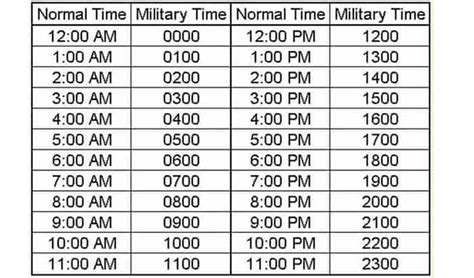Letter Call Signs Alphabet
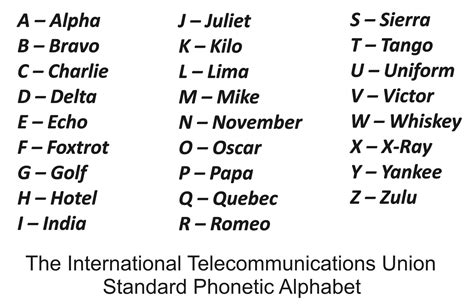
The letter call signs alphabet, also known as the phonetic alphabet or NATO alphabet, is a standardized system used to clearly communicate letters and numbers over radio and phone communications, particularly in situations where standard letter pronunciation may be unclear. This alphabet is widely used by various professionals, including pilots, sailors, police officers, and military personnel.
History of the Phonetic Alphabet
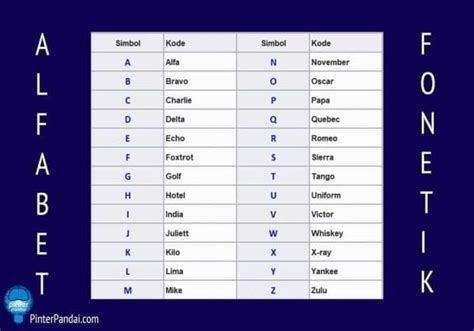
The phonetic alphabet has its roots in the early 20th century, when the need for clear and distinct radio communication became apparent. The first such alphabet was developed in the 1920s by the International Telecommunication Union (ITU), but it wasn’t until after World War II that the NATO phonetic alphabet was standardized.
The NATO Phonetic Alphabet
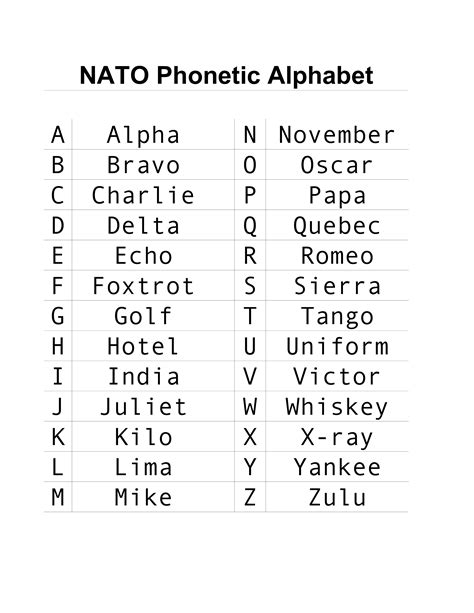
The NATO phonetic alphabet consists of 26 code words that replace the 26 letters of the standard alphabet. Each code word is carefully chosen to be distinct and easy to pronounce, even in noisy or stressful environments.
| Letter | Phonetic Code Word |
|---|---|
| A | Alpha |
| B | Bravo |
| C | Charlie |
| D | Delta |
| E | Echo |
| F | Foxtrot |
| G | Golf |
| H | Hotel |
| I | India |
| J | Juliet |
| K | Kilo |
| L | Lima |
| M | Mike |
| N | November |
| O | Oscar |
| P | Papa |
| Q | Quebec |
| R | Romeo |
| S | Sierra |
| T | Tango |
| U | Uniform |
| V | Victor |
| W | Whiskey |
| X | X-ray |
| Y | Yankee |
| Z | Zulu |
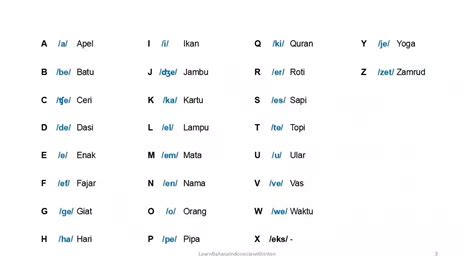
Practical Applications
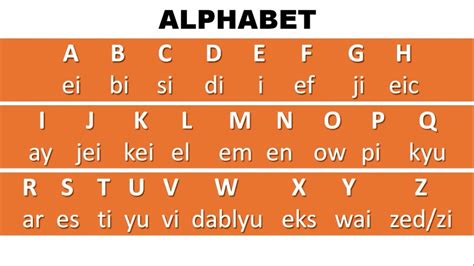
The phonetic alphabet is used in a variety of situations, including:
- Aviation communication: Pilots and air traffic controllers use the phonetic alphabet to clearly communicate flight numbers, coordinates, and other critical information.
- Maritime communication: Sailors and coast guard personnel use the phonetic alphabet to communicate ship names, coordinates, and other important information.
- Military communication: Military personnel use the phonetic alphabet to communicate coordinates, unit names, and other sensitive information.
- Emergency services: Police officers, firefighters, and emergency medical technicians (EMTs) use the phonetic alphabet to communicate clearly in high-stress situations.
📝 Note: The phonetic alphabet is not just limited to these professions, but can be useful in any situation where clear communication is critical.
Benefits of the Phonetic Alphabet
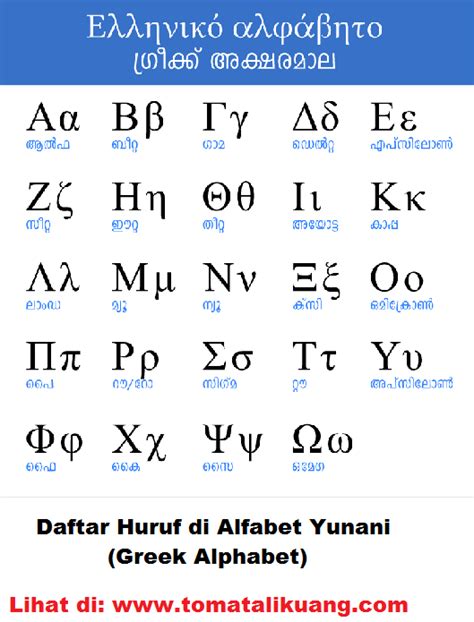
The phonetic alphabet offers several benefits, including:
- Improved clarity: The phonetic alphabet reduces the risk of miscommunication by providing a standardized system for communicating letters and numbers.
- Increased efficiency: The phonetic alphabet allows for faster communication, as each code word is unique and easy to recognize.
- Enhanced safety: The phonetic alphabet can help prevent accidents and errors by ensuring that critical information is communicated clearly and accurately.
In conclusion, the phonetic alphabet is a valuable tool for clear and effective communication in a variety of situations. Its standardized system and distinct code words make it an essential component of many professions, and its benefits extend beyond these industries to anyone who needs to communicate clearly and accurately.
What is the phonetic alphabet?

+
The phonetic alphabet, also known as the NATO alphabet, is a standardized system used to clearly communicate letters and numbers over radio and phone communications.
Who uses the phonetic alphabet?

+
The phonetic alphabet is used by various professionals, including pilots, sailors, police officers, and military personnel.
What are the benefits of the phonetic alphabet?
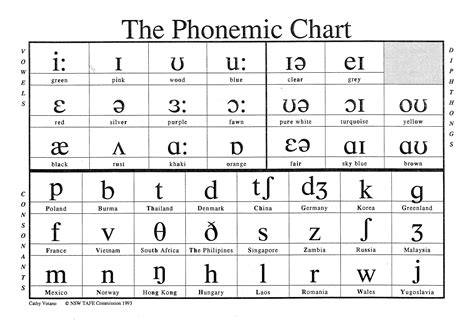
+
The phonetic alphabet offers several benefits, including improved clarity, increased efficiency, and enhanced safety.
Related Terms:
- Alfabet Fonetik Internasional
- Alfabet fonetik NATO
- Alfabet Inggris
- Alfabet Yunani
- Kanan ke kiri
- Hangeul

